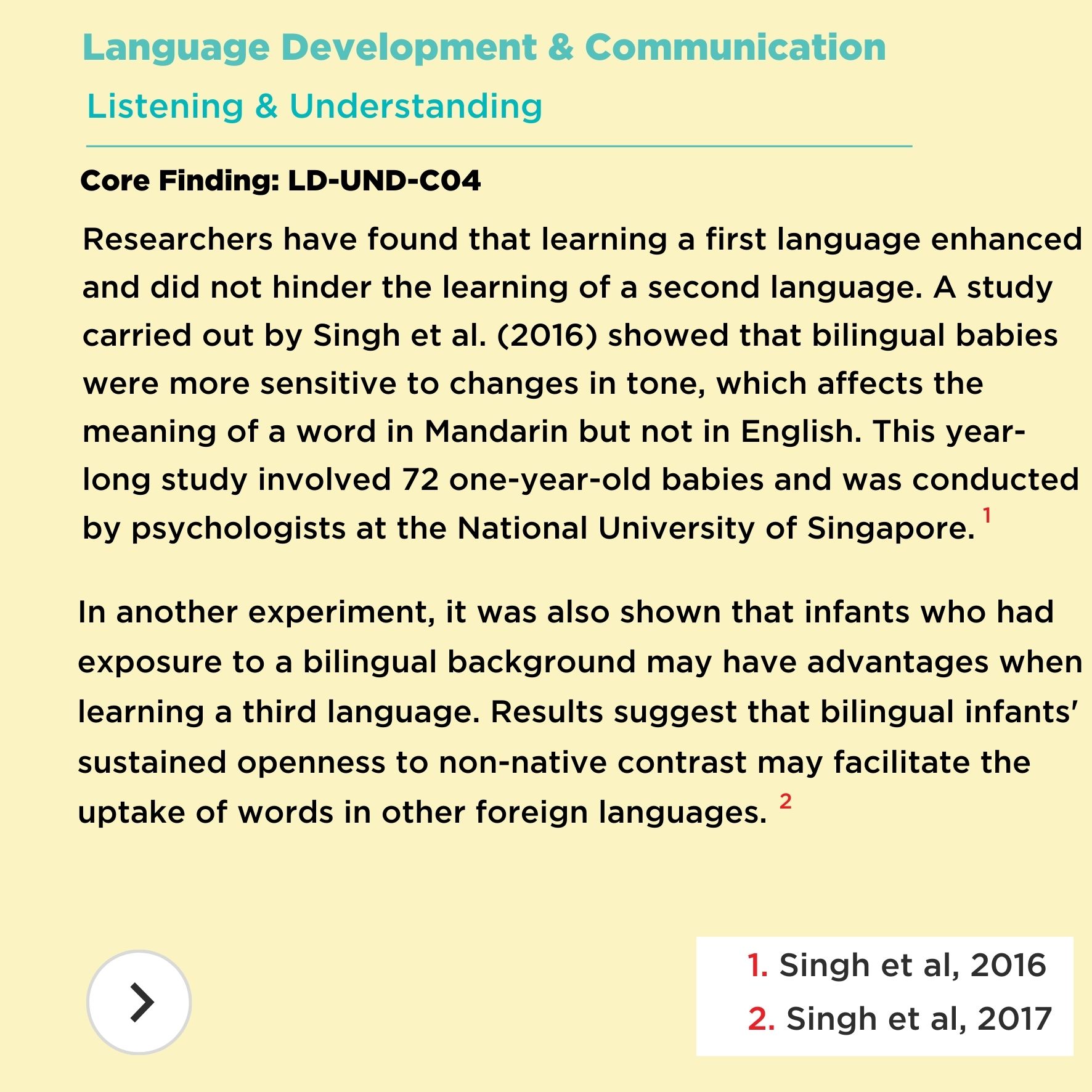Families For Life | Can I teach my child to be creative?
Photos taken in collaboration with Matthias Chong
We tend to see creativity as a specific skill that only some are born with, but the truth is, creativity in children is the ability to self-express.
Children are natural innovators with powerful imaginations. They are also natural connectors who want to engage with the world around them.
As parents, there are so many ways to encourage and empower this self-expression so that children can relay to us who and how they are on the inside.
Well-nurtured creativity strengthens children's abilities to come up with ways to problem-solve and accomplish tasks. It also develops them holistically in various aspects:
1. Emotional development
Creative expression helps children express and cope with their feelings.
2. Language development
Creative expression requires the use of new vocabulary and language skills.
3. Social development
Creative expression can entail being part of a social setting that requires others to pay attention to one.
4. Physical development
Children develop fine and gross motor skills when they are expressing themselves creatively through play, art and problem-solving.

FROM IMITATION TO IMAGINATION
As your child nears their first birthday, the first sparks of their imagination appear, paving the way for imitation.
At first, your baby’s attempts at imitation are simple. They imitate concrete actions that they observe, such as speaking on the phone and combing their hair.
These imitation skills gradually become symbolic as they use things around them to represent something else. For example, they may use a box or a block as a telephone.
At 18 to 20 months, children develop symbolic thought, which is a major developmental accomplishment.
Symbolic thought is the ability to engage in pretend or make-believe play, as well as use words to represent thoughts and actions. Your child’s developing language and motor abilities at this stage also provide new ways to explore creativity.
Between 2 to 3 years old, your child is becoming increasingly sociable.
When a group of children play together, they often engage in symbolic play and assign roles to each other. This type of play allows children to use language to engage others in pretend games, while expressing feelings and inventing ideas to solve problems.
DO MORE WITH THE MOST CREATIVE YEARS
The best time to develop your child’s creativity is during the pre-school years.
Promoting creativity in the early years can be as simple as providing open-ended materials for experimentation, giving children the opportunities to play with their peers, and exposing them to new ways to express their thoughts and feelings through art, music or drama.
Since children are at the peak of their creativity when they are young, parents and caregivers should make the most of the years before children even enter school – every child has a chance to be highly creative!

